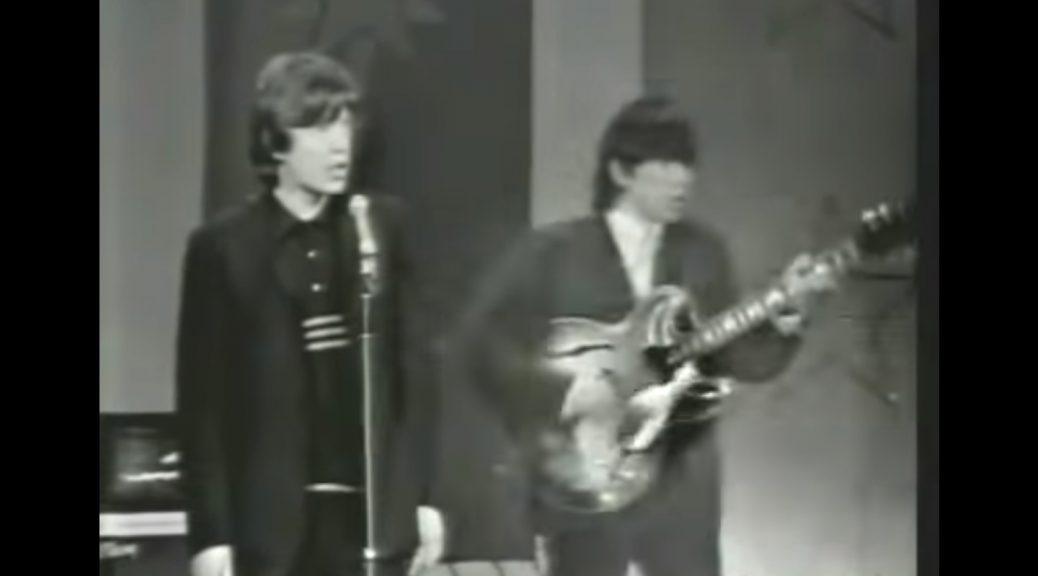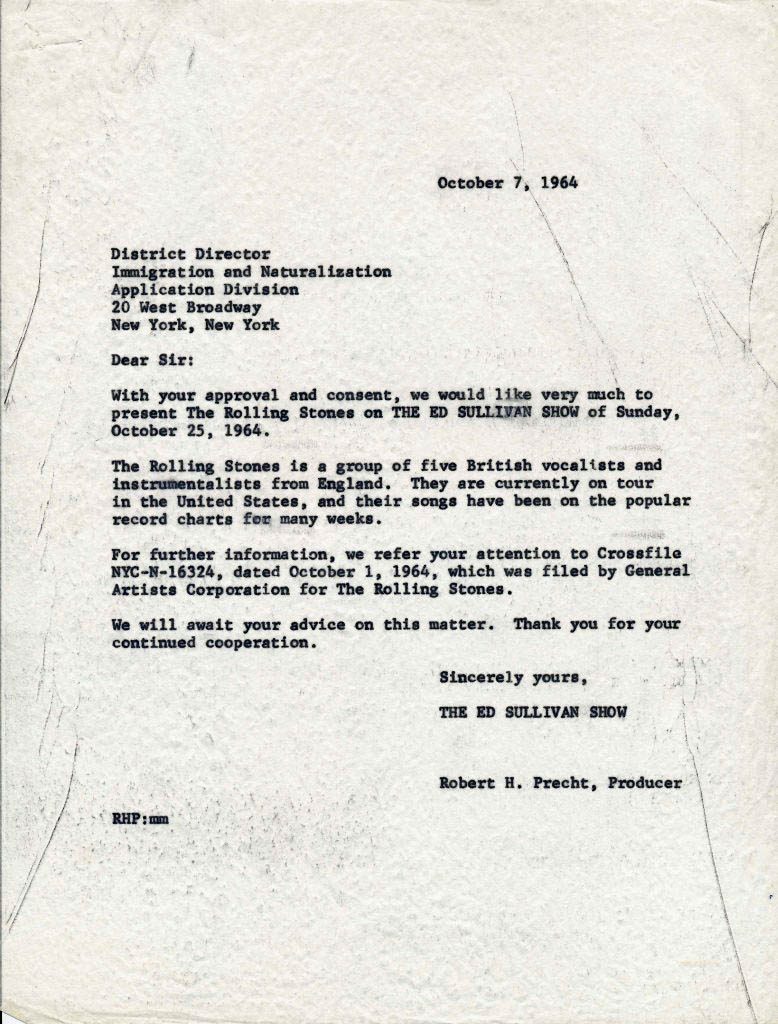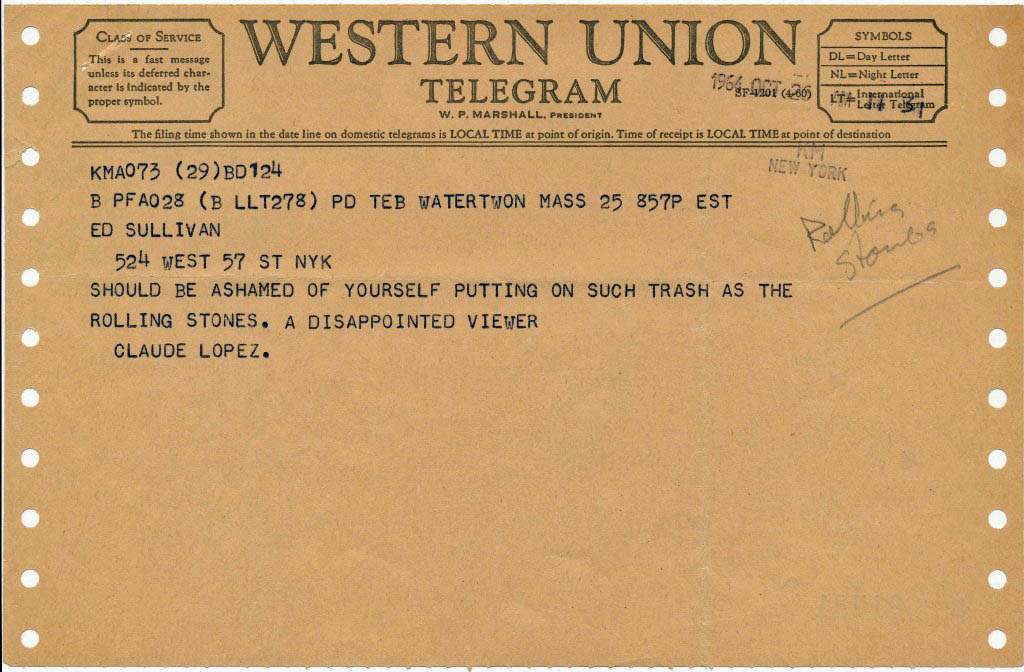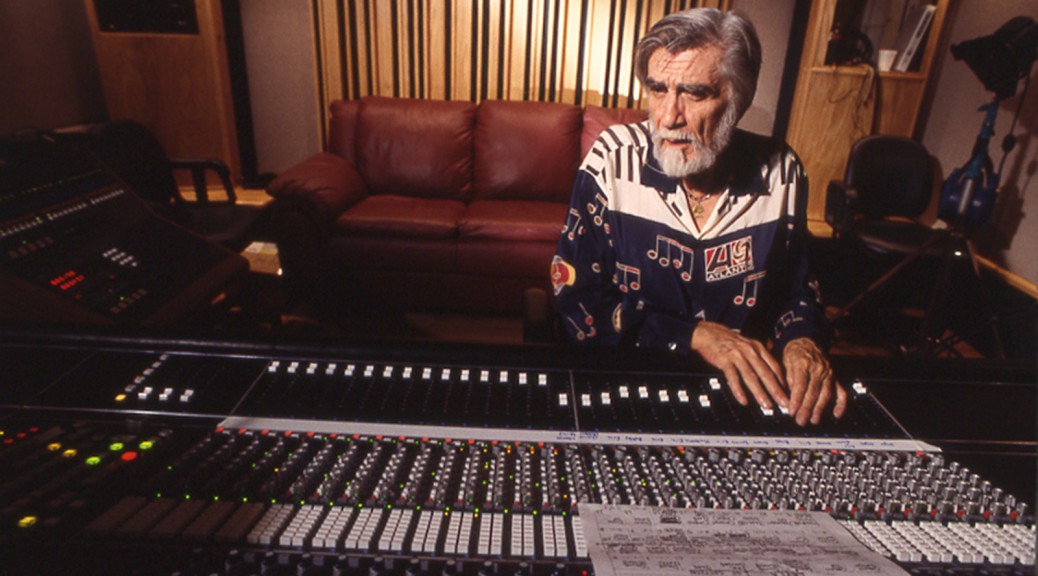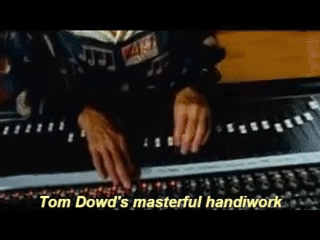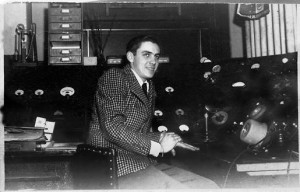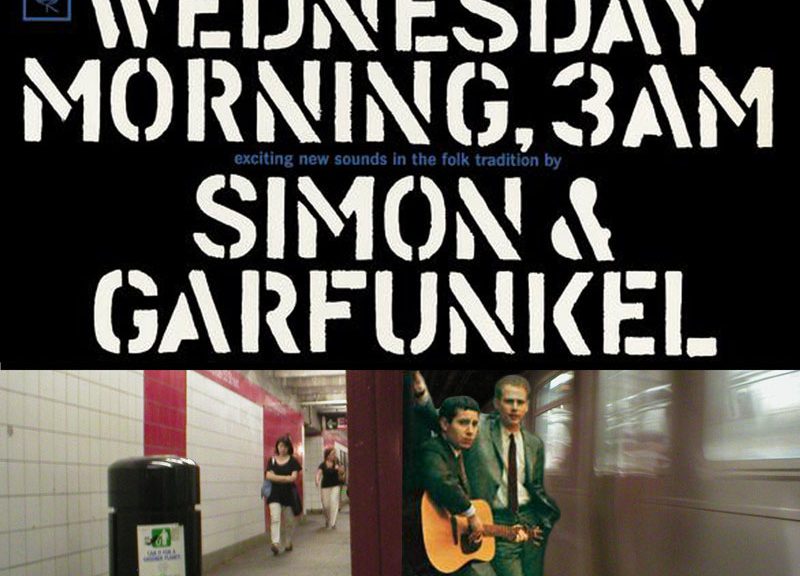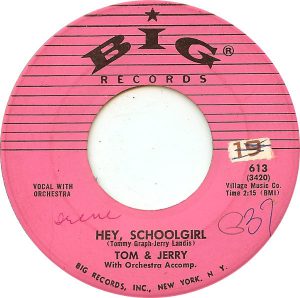Stones Meet Sullivan
October 25, 1964
but first, Dean Martin’s Hollywood Palace
The Stones appeared on Dean Martin’s Hollywood Palace on June 3, 1964. It was the the start of their first American tour (June 5 > June 20) promoting the release of their first album, The Rolling Stones, England’s Newest Hitmakers.
You can easily hear how so-called established musicians like Martin thought these visitors were a temporary fad and one easily made fun of. Certainly Martin’s writers thought so.
True to their roots, the Stones played Willie Dixon’s “I Just Want to Make Love to You.”
The band’s tour had eleven shows. While not having the kind of success that the Beatles had, the tour did give the Stones enough visibility and radio-play to keep them amongst the many British musicians dominating the charts.
Stones Meet Sullivan
After meeting Dean Martin
It had been 259 days since THE night. That is, 259 days since John, Paul, George, and Ringo changed the way we Americans listened to music and what music we listened to.
For three weeks in a row we had sat in our Sunday evening seats–likely a living room–in front of the TV–likely a black and white–and smiled at our group. Not our parents’ group.
British Invasion
The Beatles were dominating the charts. By October 1964 they’d had five #1 songs and three #1 albums. In fact, the A Hard Day’s Night soundtrack album had just dropped out of the #1 spot on October 24 after 14 weeks!
Of course, it wasn’t just the Beatles. The flood gates had opened and British performer after British performer saturated the top ten airwaves:
|
|
Stones Meet Sullivan
October 7, 1966
And here came the Rolling Stones. Now their second American tour of 1964. This one from October 24 thru November 15, 1964. On this tour, the band supported their second album 12 X 5. There first chart hit would not come until “Time Is On My Side” which reached a high point of #6 on Billboard on November 7 that year.
They performed on The Ed Sullivan Show for the first time on October 25. Still true to their roots, their first song was Chuck Berry’s “Around and Around.” Their second song, also a cover was “Time On My Side” written by record producer extraordinaire, Jerry Ragovoy.
The audience, mainly teenage girls, screamed over their song, an occurrence now familiar to viewers. Ed Sullivan, as he’d done with the Beatles, gushed over their performance while some critics felt that the Beatles, formally not very clean-cut, appeared dapper compared to the “unkempt” Stones. Such it would be. One critic sent a telegram calling the act “trash.”
The Rolling Stones returned to the Sullivan show the following spring and eventually went on to make 6 appearances. Here’s the list.

